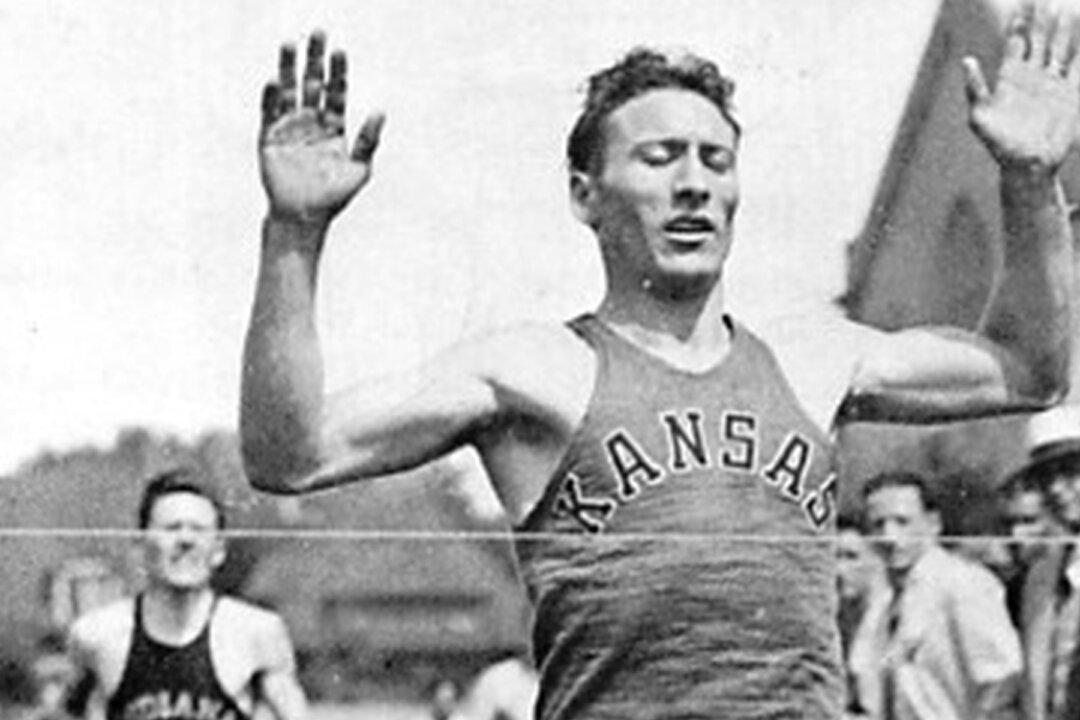He nearly lost his legs as a boy. Who would expect him to run the 1,500m in the 1936 Olympics, setting a new world record?
This quiet, retiring middle-distance runner from Atlanta, Kansas, never made for spectacular copy like his Team USA mate and good friend Jesse Owens did. However, Glenn Cunningham was every bit as talented and determined to succeed as the famous sprinter.Knowing the physical adversity he overcame to shatter records for mile races makes it clear that Cunningham’s story and achievements can still inspire today.






